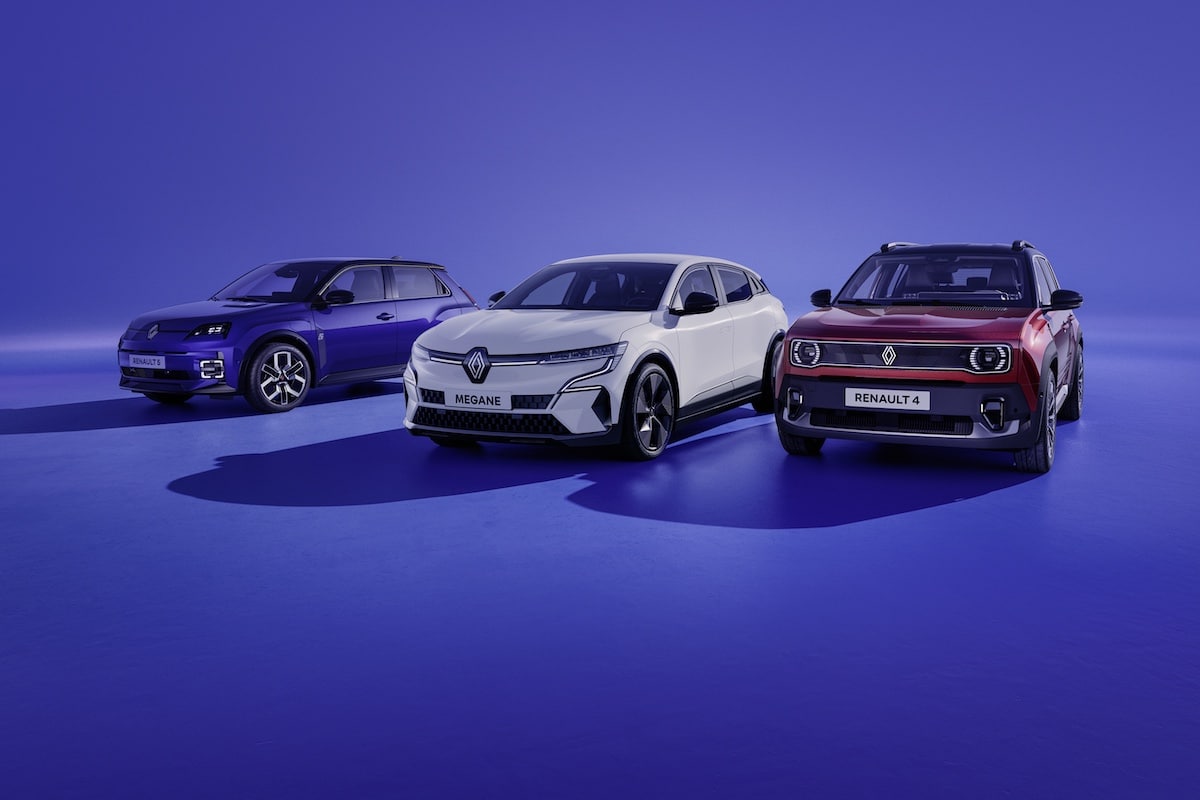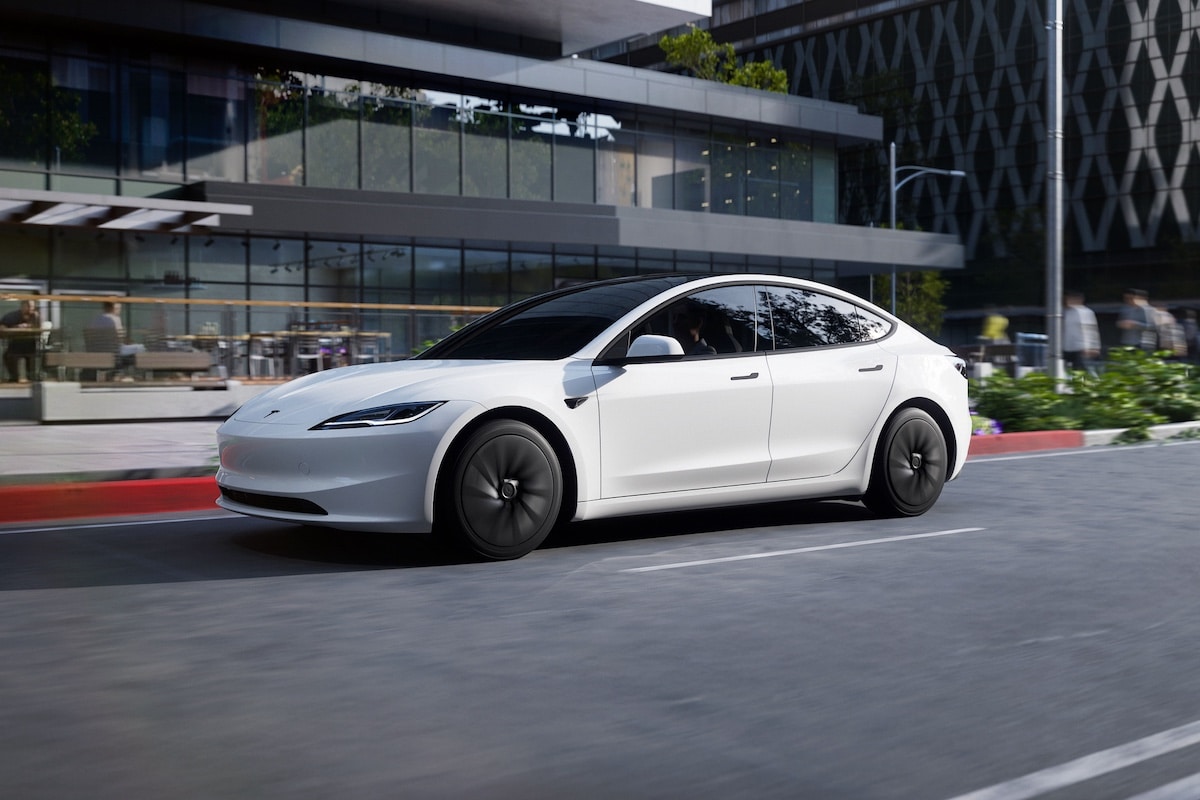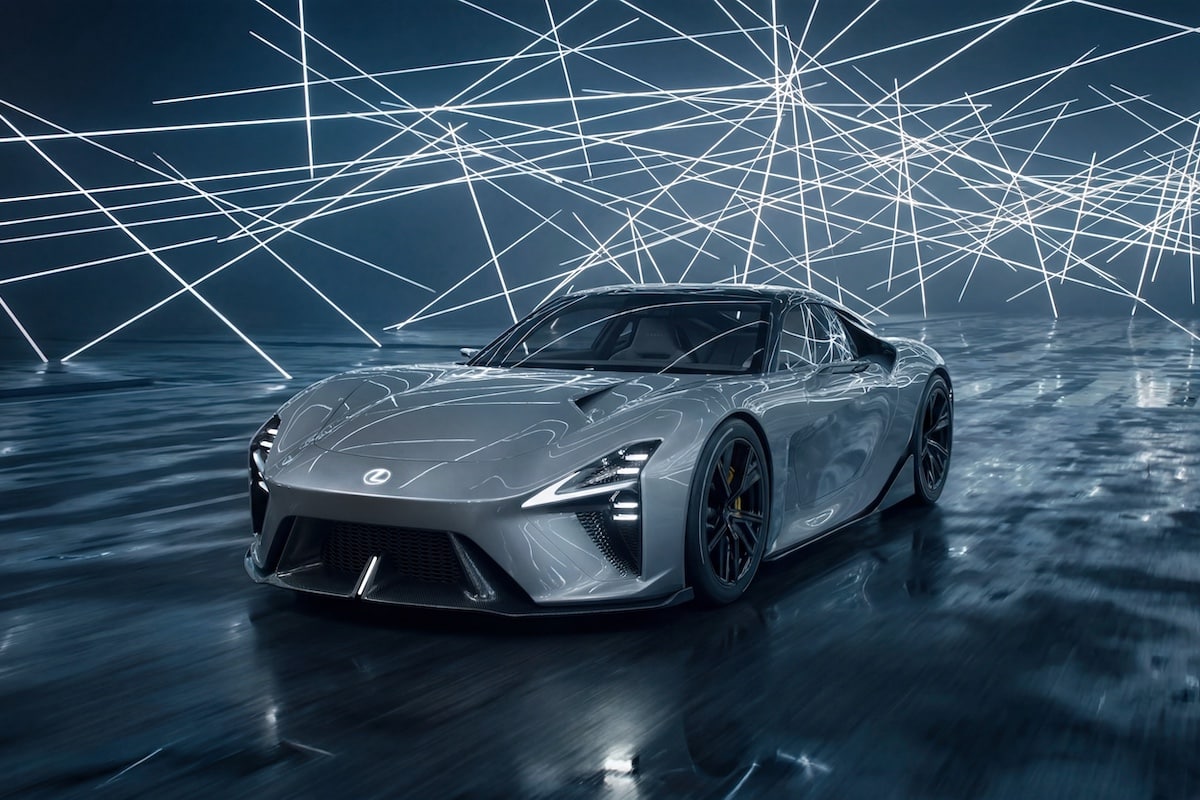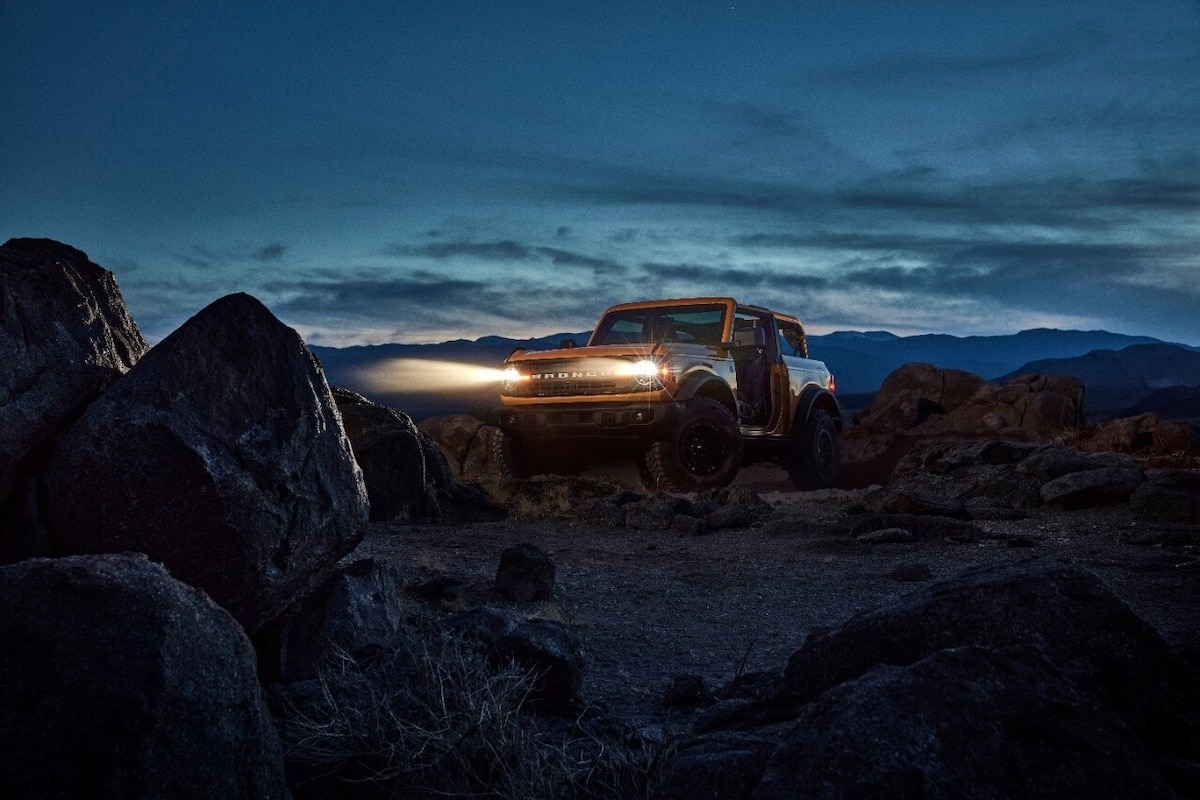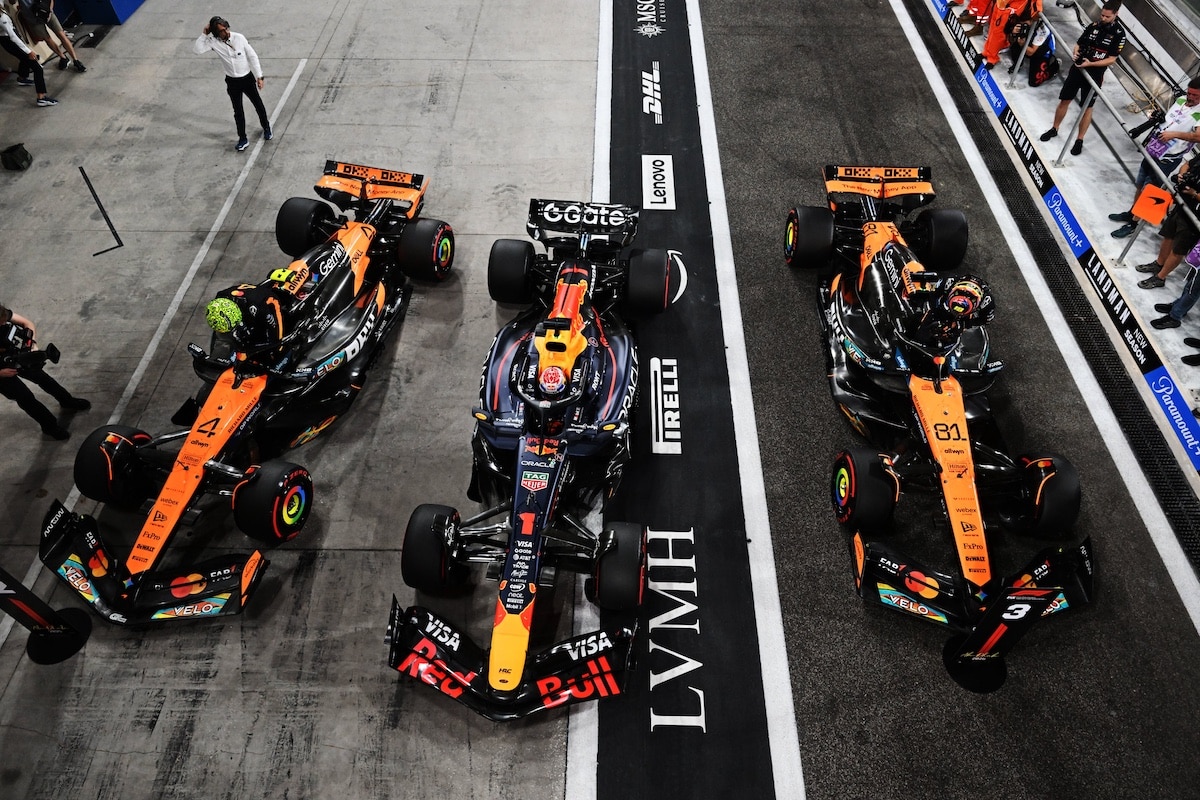Polaris fails with its Ranger XP Kinetic 100% electric
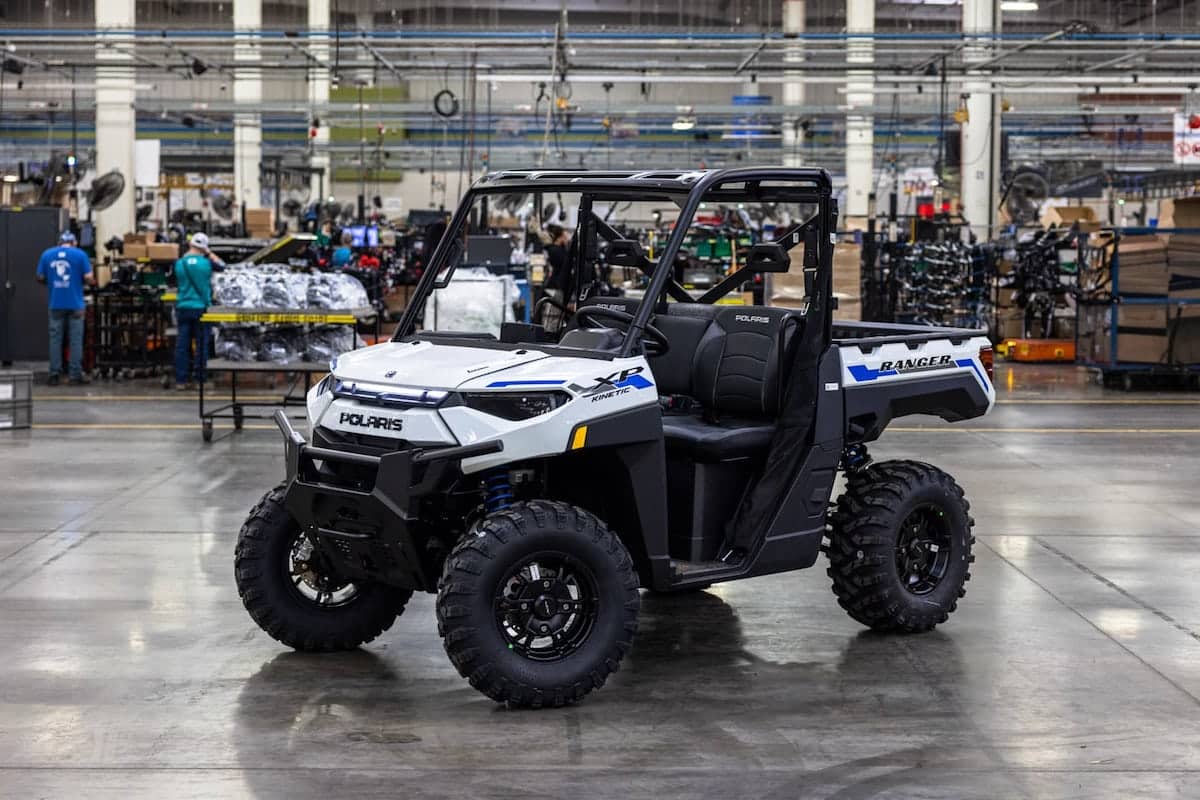
The world leader in agricultural-purpose buggies has also started producing an ultra-high-performance electric vehicle.
Driving in nature without noise, without frightening wildlife, and without polluting—this is a promise that seems to appeal to Polaris’s customers. The American manufacturer, a leader in the professional and recreational buggy market, appears to be a victim of its success. Its factory in Alabama is operating at full capacity to fulfill orders for its latest creation, the Ranger XP Kinetic.
This latest model is 100% electric and was born from a 10-year partnership with Zero Motorcycle, the American champion of electric motorcycles. This joint venture has resulted in a buggy whose features seem to delight customers: 110 horsepower, 190 Nm of instant torque, a towing capacity of one ton, and centimeter-precision handling. A detail that becomes crucial when coupling with a trailer, pulling an old tree trunk, or other similar tasks.
Polaris lists the advantages highlighted by its customers: “Besides its performance, customers appreciate the silence of the electric propulsion system which makes conversations easier with passengers, the ability to work early in the morning or late at night without disturbing neighbors, work near livestock, or discreet moves to distant hunting grounds.”
Equipped with a 14.9 kWh battery, the Polaris Ranger XP Kinetic Premium promises a limited range of about 70 km with three people onboard and a load of 113 kg. If you’re alone, you can expect up to 100 km. The Ultimate version features a 29.8 kWh battery and a range of 140 km.
Charging is done via a 3 kW outlet (6 kW for the Ultimate), and regenerative braking allows the vehicle to take advantage of its substantial mass of 1134 kg.
In France, the Ranger XP Kinetic is already available starting at €39,999. To justify such a price, Polaris estimates that maintenance costs are nearly 95% lower: 70% on parts, with the rest coming from fuel savings. Quite probable.
READ ALSO: Video: Audi’s electric assault on the Dakar
This page is translated from the original post "Polaris cartonne avec son Ranger XP Kinetic 100% électrique" in French.
We also suggestthese articles:
Also read
